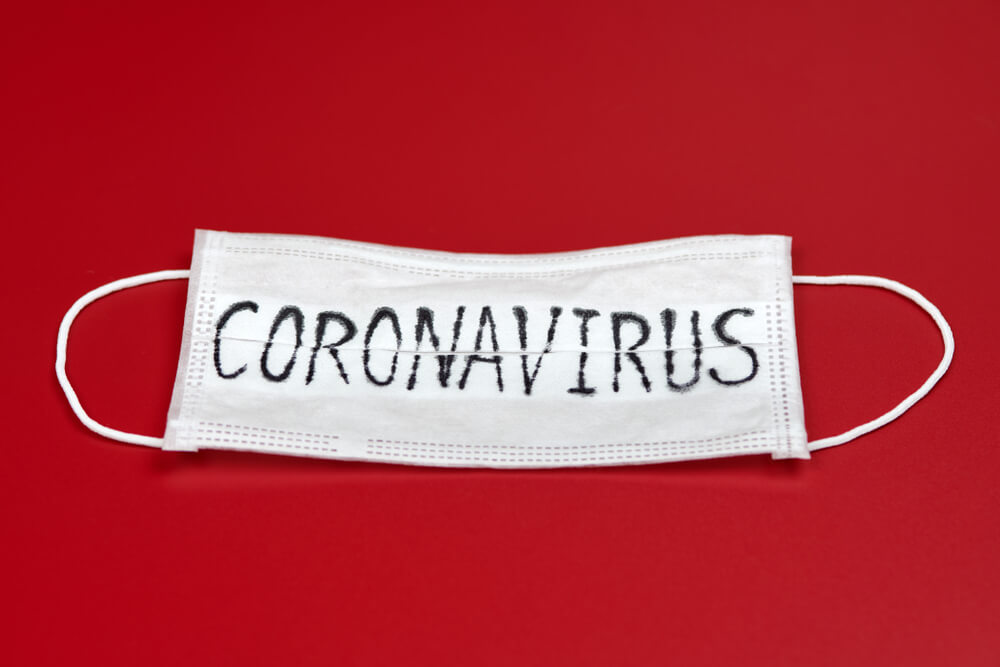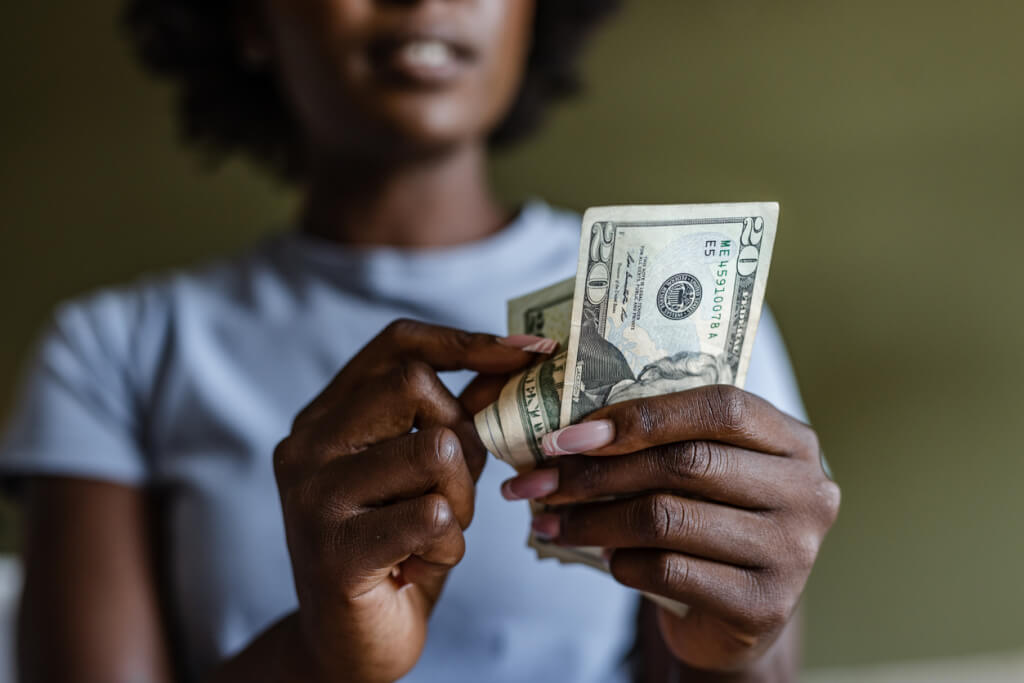Study: 19 times more people were ill with COVID-10 in New York than recorded
'02.06.2020'
Vita Popova
By the end of March, there were 10 times more cases of the disease in New York COVID than previously thought. However, most people were not infected, and therefore at risk. About when to wait for a new outbreak of the virus, the publication reported. CNN.

Unexpected data and a new outbreak of the virus
By the end of March, one in seven (about 14%) adults in New York had COVID-19. That is, the number of patients at that time was about 10 times more than according to official data. This is confirmed by the results of a new study conducted with funds from the Department of Health.
Such data confirm that the virus was much more common in the early stages of the outbreak than officials thought at that time.
However, there is another side to the coin, according to physician William Schaffner, adviser to the US Centers for Disease Control and Prevention and expert on infectious diseases at the Vanderbilt University Medical Center. The report shows that even in New York, which by the end of March had already experienced a massive outbreak, the vast majority of residents were not infected. Therefore, they are still not immune to the virus, he said.
"This study shows that a significant portion of the population was susceptible and can indeed expect potential infection this summer, and especially this winter," Schaffner said.
In an attempt to find out how many New Yorkers have already transferred COVID-19, Department of Health employees visited 99 grocery stores in different regions of the state in April. There, they tested 15 adult shoppers who agreed to participate in the study. Blood tests showed that 101 of them had antibodies to coronavirus, which means that they were infected in the past.
On the subject: Super microbes and bacteria with superpowers: the scariest discoveries of 2019
After a statistical adjustment, the researchers estimated that by the end of March, more than two million adult New Yorkers were infected. This is 14% of the adult population, or one in seven residents.
This is believed to be the first antibody test conducted throughout the state. New York Governor Andrew Cuomo mentioned preliminary research findings in his press briefings.
The study also found that communities of color were disproportionately affected by COVID-19. Among those who had antibodies, 36,6% were Hispanics and 20,2% were blacks, higher than their proportion in the New York population.
The study was hosted on the MedRXiv.org pre-print server, which means that it was not peer-reviewed or published in the medical journal.
The virus is under control: is this so?
Back in late February, the CDC said that most Americans are not at high risk of contracting COVID-19. “Most people in the United States will not have much immediate risk of contracting the virus,” Nancy Messonnier, director of the CDC's National Center for Immunization and Respiratory Diseases, said in a February 29 press briefing.
She often noted that most people became infected with coronavirus while traveling outside the country, and upon arrival in the United States the spread of the virus was negligible even among those in close contact.
On Friday, the CDC released a report showing that “limited” transmission of the virus in the community occurred in late January or early February, a few weeks before it was officially recognized by the agency.
During a telephone conversation with reporters, the CDC director spoke of the need to strengthen respiratory disease monitoring systems. “Because the number of new infections was so low at the time, the increase in respiratory diseases was not large enough to be detected by the current surveillance systems in emergency departments,” said Dr. Robert Redfield. "Now is the time to strengthen all of these systems and prepare for what may lie ahead."
But later in the conversation, he added that the existing surveillance systems “really gave us a look at this disease when it started to manifest itself,” and that his department “was never blind when it came to monitoring coronavirus.”
A study of antibodies in New York, along with other results published last month, makes it clear that at the beginning of the outbreak, the true extent of the spread of the virus went unnoticed.
First deaths from COVID: the real picture
Health officials of Santa Clara County, California, announced that autopsies on two residents showed they died of the coronavirus in early to mid-January - three weeks before the first official death from the virus in the United States was recorded. None of the deceased traveled to China.
In addition, one of the surveillance systems showed that 28 thousand people in major cities, such as New York and Seattle, were infected by March 1. By this date, only about 90 cases of the disease were recorded throughout the country.
"The disease has spread under the radar," said study author Alessandro Vespignani, director of the Network Science Institute at Northeastern University in Boston, at the time.
In addition, more detailed case tracking in Indiana revealed mortality from coronavirus, at least as early as mid-February. That is, a few weeks before the first case of the disease was recorded in Indiana in early March.
Immunity after infection
The New York study used antibody tests developed by the Wadsworth Center, a laboratory under the State Department of Health. Like any test, it is not perfect: according to research, it gives false negative results in about 12% of cases and false positives in less than 1%. The researchers have adjusted their results to reflect these inaccuracies.
On the subject: 6 popular tricks that really don't save you from germs
The finding that more than two million adults in New Yorkers were infected by the end of March is in stark contrast to the number of cases at the time - about 189, according to the study.
There may be several reasons why the number of cases of infection is drastically underestimated when counting the number of early cases. Some infected people may not have symptoms or have mild symptoms, and therefore did not go to the doctor. Others might want to take the test, but did not find a doctor, given the lack of tests in February and March. It was the winter virus season, and so some people who really had COVID-19 may have been diagnosed with the flu or another disease. Others may have had coronavirus symptoms, but did not go to the doctor because they were afraid to catch the virus directly in the hospital.
Even when it becomes clear that last winter the number of people infected with coronavirus was much higher than previously thought, it is still unclear whether these people are immune to another infection, and if so, how long this immunity will last.







